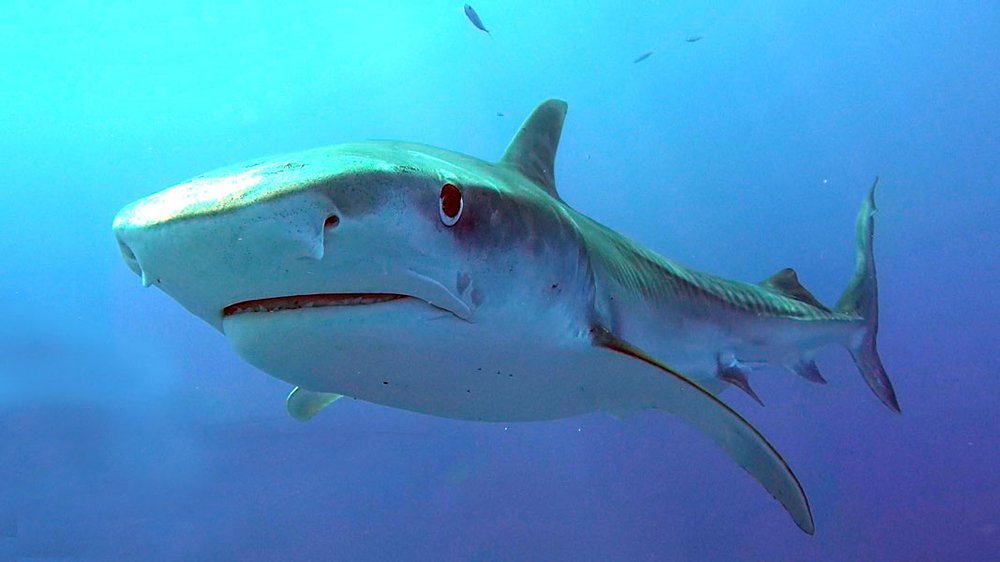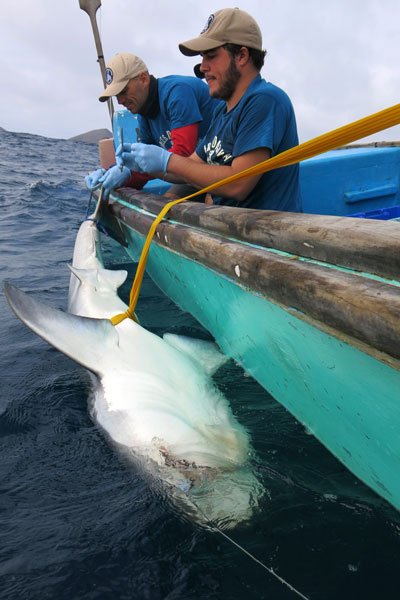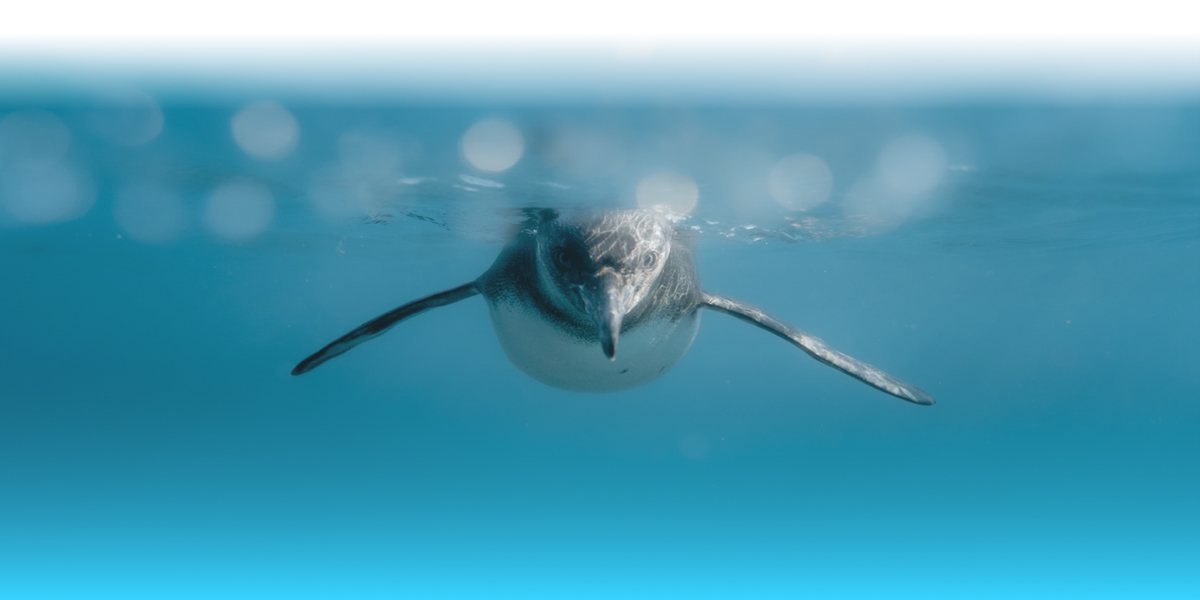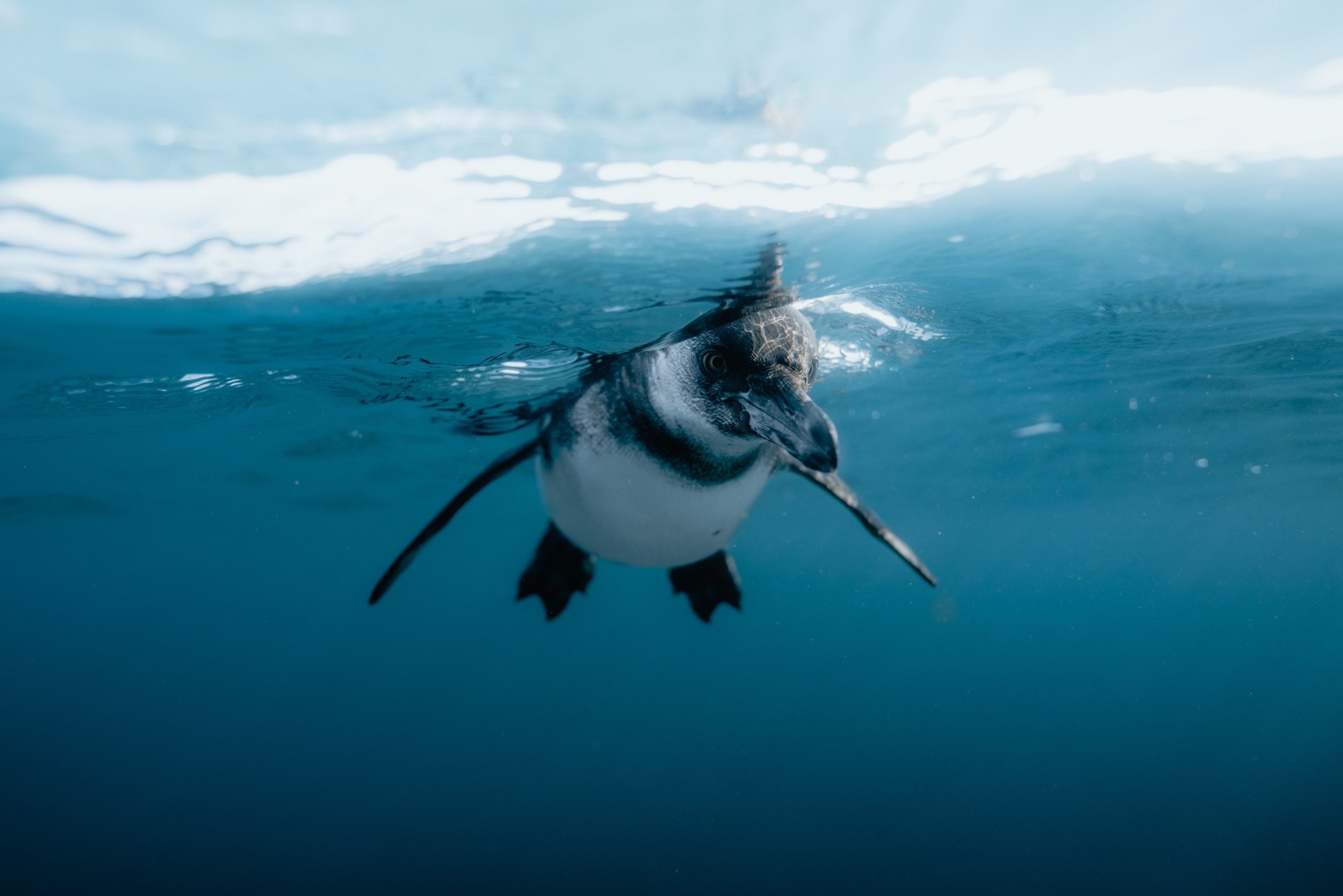For children all over the world, their first exposure to Sharks is seeing bloodthirsty monsters ripping into carcasses and seeing scuba divers narrowly avoiding their snapping jaws on programs like Shark Week. Yet every year, hundreds of thousands of people travel to the Galapagos, a World Heritage Site, for a chance to swim with these amazing creatures in their native habitat and see what they are really like in the wild. In 2017, there were only 88 cases of sharks attacking humans and only 5 of these resulted in fatal injuries, while in 2017 alone there were around 100 million sharks killed by humans, both intentionally and through bycatch. This begs the question, which species is truly the bloodthirsty monsters?

Worldwide, Tiger Sharks are known to be a highly migratory species present in most tropical and temperate seas. In the Galapagos Islands, they hold a special place as they are residents of its Marine Reserve and rarely leave. Being dominant predators in any ecosystem they inhabit, Tiger Sharks are extremely dependent on the food availability of these areas and residency has been linked to abundance of food. The management of The Galapagos Marine Reserve has allowed tiger shark residency to remain. However, not a lot is known about this species, especially when it comes to reproduction and with Tiger Sharks being listed as near threatened, this becomes particularly concerning.
In the Galapagos Marine Reserve, tiger sharks have established residency for various reasons. Between the abundance of nursery and rearing habitat for young tigers, as well as prominent turtle and seabird populations in the area, it’s no wonder why these sharks have decided to call the Galapagos Archipelago home. Young tiger sharks are found almost anywhere that their older counterparts are, and are nocturnal bottom feeders, while mature Tiger Sharks are often found just off the shorelines, stalking their favorite prey, green sea turtles. In relation to the islands and the reserve, they are mostly found on the southern end of Isla Isabela and the northern shores of Isla Santa Cruz. Though only local fishing is allowed within the reserve, tiger sharks are still being caught by fishermen on and off reserve waters, unfortunately still impacting these fish.
All over the world tiger sharks are intentionally and unintentionally caught for many reasons. Adult typically travel along continental shelves where fish diversity is high and larger species tend to aggregate. These areas present tiger sharks with great hunting grounds, however the shelves are also targeted by fisherman. Tiger sharks are generally pretty resilient when it comes to being caught and handled. A study conducted by A.J. Gallagher in 2014 showed up to 95% of tiger sharks can survive after being caught on longlines and released.
However, most tiger shark mortalities often result from intentional targeting by fisherman for their fins, trophy hunting, and valuable skins. Since tiger shark population numbers are relatively unknown, it makes tracking their decline even more difficult. Accounts from industrial fisheries report that fewer and fewer tiger sharks are being caught in bycatch with little to no change in fishing gear or techniques.
In order to better understand population dynamics, biology, and movement of these amazing creatures, a team of scientists from the Charles Darwin Foundation (CDF) led by Dr. Pelayo Salinas de Leon, is currently undertaking several programs in the Galapagos islands, using methods such as shark tagging. With this information, we may be able to better understand the situation that these sharks face, and thereby fuel management decisions to combat their decline. The hope is that, with a better understanding of Tiger Sharks, one day their populations could return to what they once were.

This article was written as part of the Fisheries Science Communication class – Department of Fisheries Biology – Humboldt State University, with suggestions from CDF Staff.




